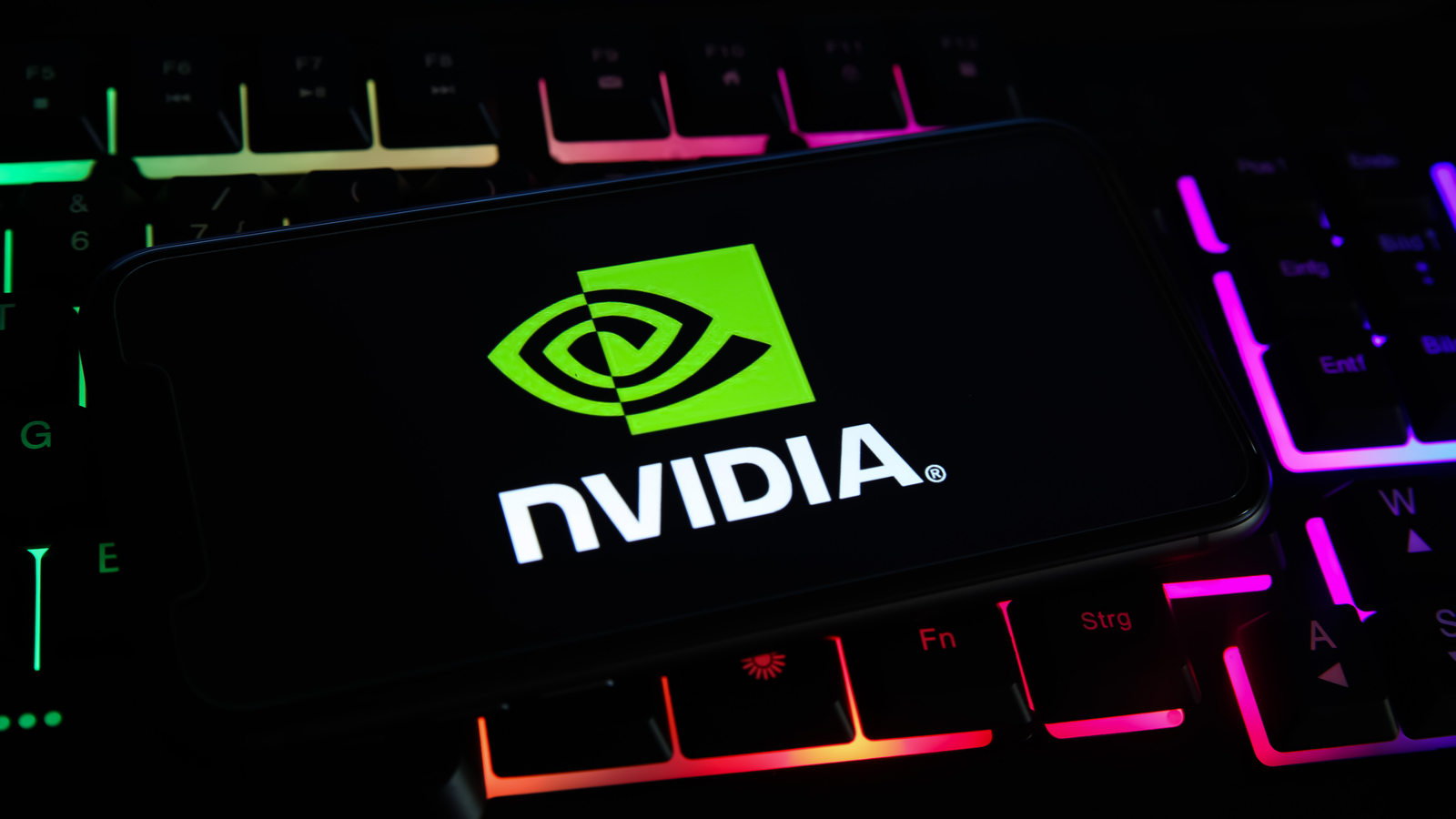
The dominance of Nvidia (NASDAQ:NVDA) stock is evident, and its very own CEO Jensen Huang is confident of its bright future. With his strategic acumen and powerful leadership, Huang is leading Nvidia flawlessly, and market analysts admire him for it.
His approach fosters empowerment based on action rather than information possession, contributing to Nvidia’s reputation as a top AI investment for the future.
With a stellar quarter that saw revenues soar 262% year-over-year to $26 billion, including a 427% increase in data center revenue to $22.6 billion, Nvidia’s strong momentum and increased dividend make it a solid long-term investment.
Billions in Investor Demands
Due to Nvidia’s convincing performance, a leading technology ETF is set to purchase over $10 billion in NVDA stock while reducing its holdings in Apple significantly.
Following Friday’s market close, the Technology Select Sector SPDR Fund will rebalance its index, elevating Microsoft as the top stock, followed by NVDA stock, and then Apple, per Matthew Bartolini, head of SPDR Americas Research.
If not for the caps on individual stock weights, all three would exceed 20% in the index. However, diversification rules cap cumulative weight for stocks with over 5%.
Consequently, Microsoft (NASDAQ:MSFT) and NVDA stock are poised for approximately 21% weight each, whereas Apple (NASDAQ:AAPL) would drop to about 4.5%, marking a shift from prior allocations.
As of June 14, Microsoft and Apple held around 22% each in the fund, with Nvidia’s weight previously restricted by index regulations at just 6%.
Open Synthetic Data Generation for Training Large LLM
Nvidia recently introduced Nemotron-4 340B, a series of open models tailored for the company’s NeMo and TensorRT-LLM.
These models enable developers to create synthetic data for training large language models across various industries like health care, finance, and manufacturing.
Accessible through a permissive open model license, Nemotron-4 340B offers a cost-effective solution for generating high-quality training data, essential for enhancing LLM performance and accuracy.
The Nemotron-4 340B family comprises base, instruct, and reward models designed to generate synthetic data for training and refining LLMs.
These models are specifically tailored for use with Nvidia NeMo, facilitating end-to-end model training, data curation, customization, and evaluation. They are also optimized for inference using the open-source Nvidia TensorRT-LLM library.
LLMs assist developers by generating synthetic training data when extensive labeled data sets are scarce. The Nemotron-4 340B Instruct model produces varied synthetic data to mirror real-world characteristics, enhancing data quality for custom LLMs across domains.
Developers also use the Nemotron-4 340B Reward model to filter AI-generated data based on attributes like helpfulness and coherence, currently leading in evaluating reward model capabilities on Hugging Face’s RewardBench.
$3 Trillion Valuation for NVDA Stock
Currently, Nvidia now has a total market cap above $3 trillion, and it surpassed Apple as the world’s second most valuable publicly traded company. On June 5, after reaching a new market cap, the stock surged 5% and went over $1,224.
This was also driven by its optimism and AI expansion plans. This surge places Nvidia close behind Microsoft, which is also prominent in AI through investments like those in OpenAI.
In February, Nvidia only sat at $2 trillion in market cap, and recently it hit $3 trillion. This proves that the company is growing fast and consistent compared to its peers. Moreover, the stock surged more after announcing a stock split in May, driving more investor interest.
The optimism is also fueled by more AI innovations and plans by the megacap chipmaker to continue advancing its portfolio and growing and diversifying its revenue base.
This has propelled the S&P 500 and Nasdaq to record a new high last June 5. With its strong AI influence and power, Nvidia is surely a must-have stock for investors looking for substantial and long-term gains.
On the date of publication, Chris MacDonald did not hold (either directly or indirectly) any positions in the securities mentioned in this article. The opinions expressed in this article are those of the writer, subject to the InvestorPlace.com Publishing Guidelines.





